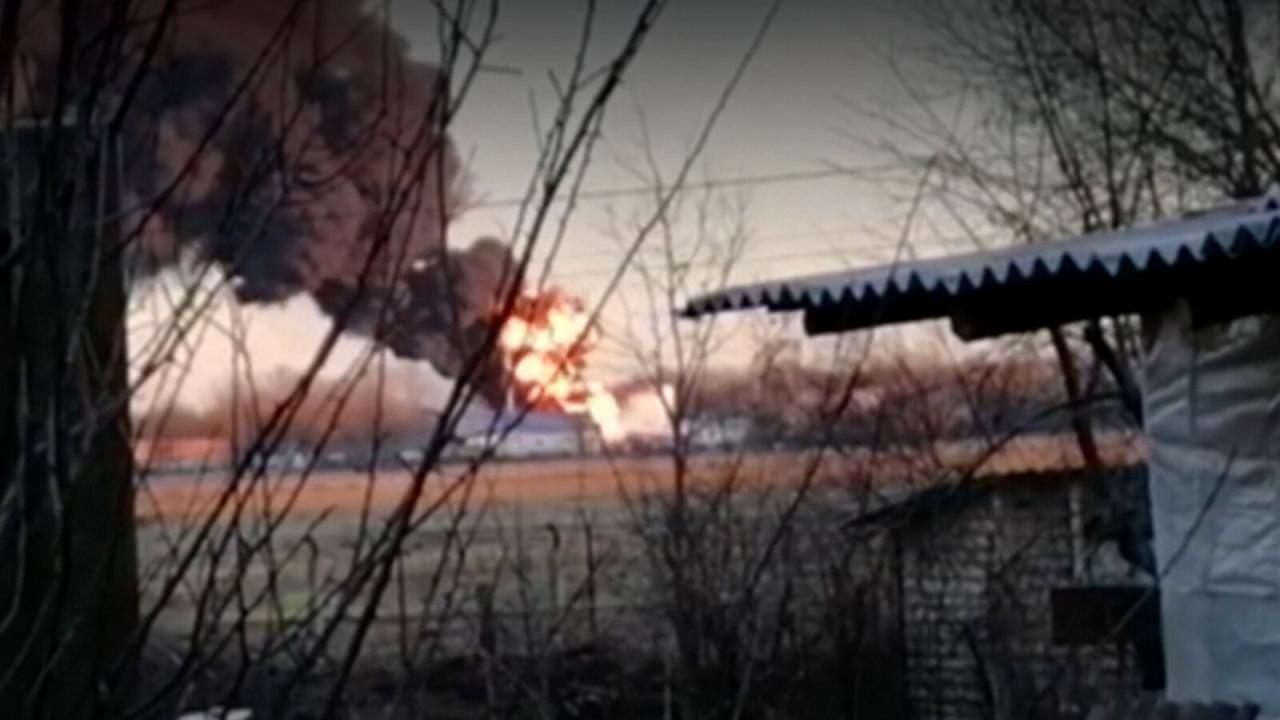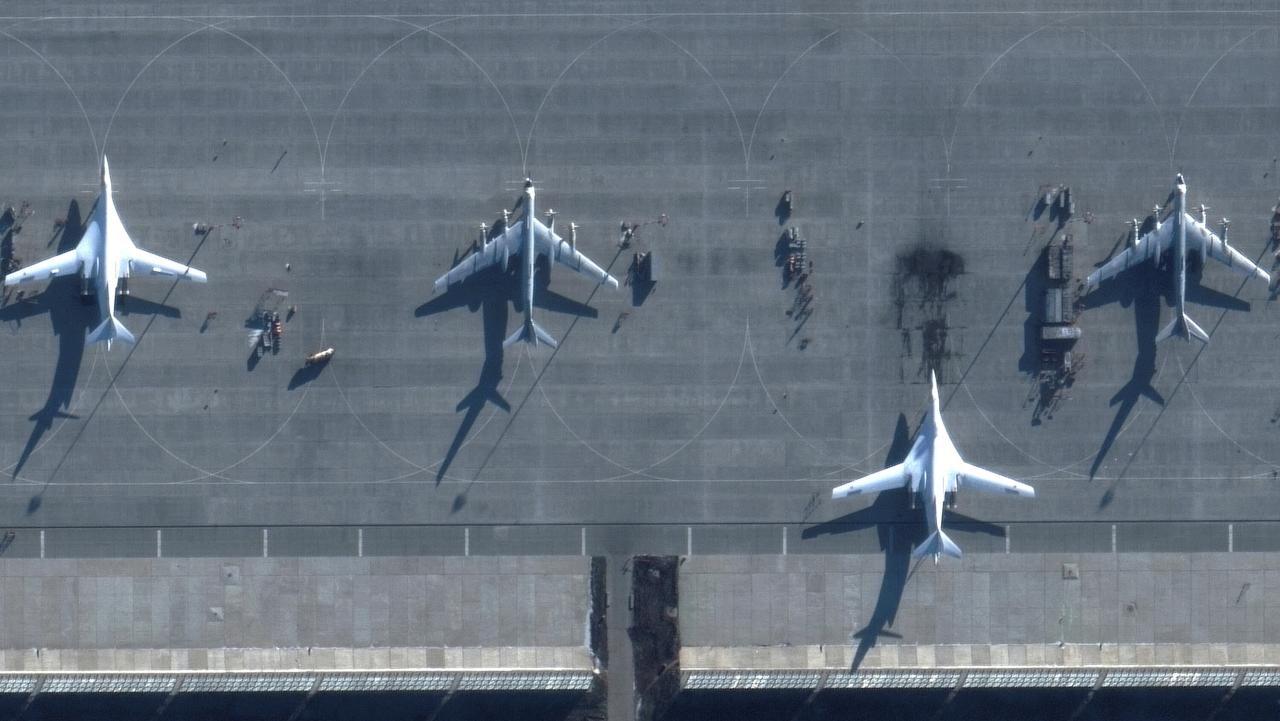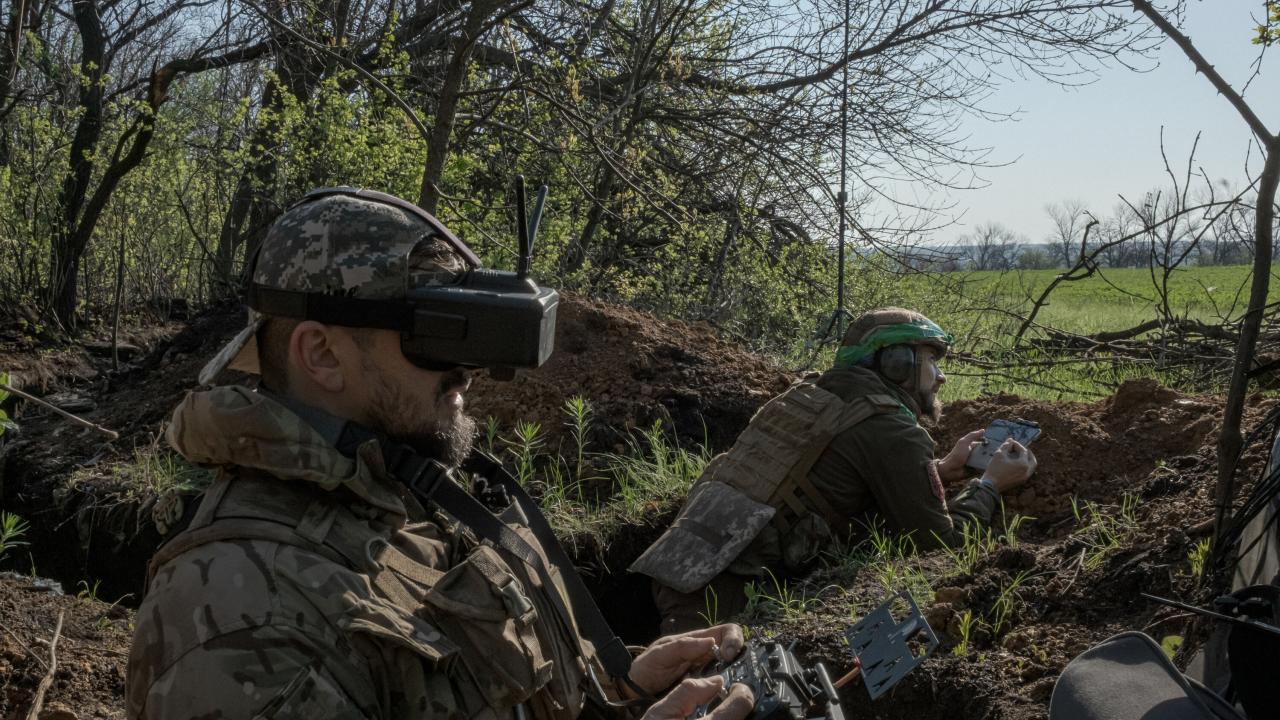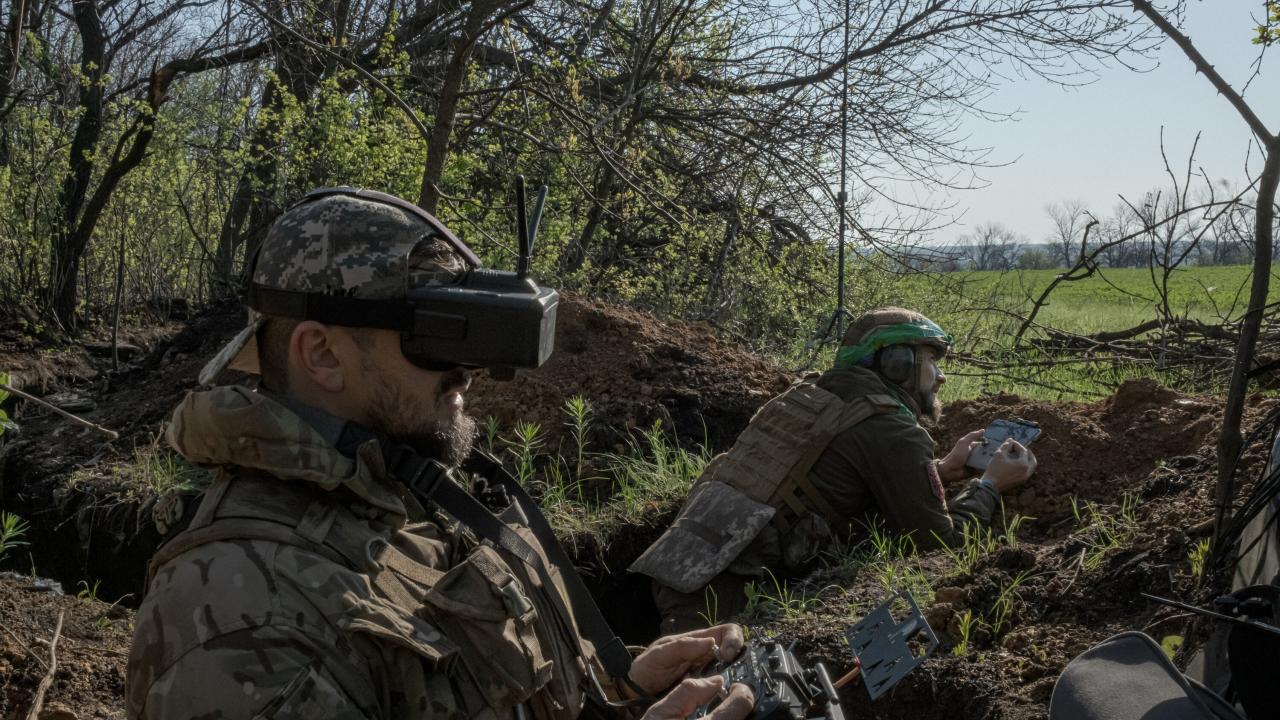Ukraine drone attack on russia – Ukraine drone attacks on Russia represent a significant escalation in the ongoing conflict. This analysis delves into the strategic targeting of these attacks, the diverse drone technologies employed, and the multifaceted impacts on both military and civilian life. We will examine the effectiveness of Russia’s countermeasures, the international response, and the potential for future escalation, providing a nuanced understanding of this evolving conflict dynamic.
The geographical targeting of these drone strikes reveals a calculated strategy, with attacks focused on key infrastructure and military assets within Russia. The types of drones used, ranging from commercially available models to more sophisticated systems, highlight the adaptability and resourcefulness of the Ukrainian forces. The resulting damage and casualties, both military and civilian, underscore the far-reaching consequences of this new phase of warfare.
Ukrainian Drone Attacks on Russia: A Geographic and Technological Analysis: Ukraine Drone Attack On Russia

The increasing frequency and sophistication of Ukrainian drone attacks on Russian territory represent a significant shift in the dynamics of the ongoing conflict. This analysis examines the geographic targeting, drone types employed, military and civilian impacts, Russian responses, international reactions, and the technological underpinnings of these attacks.
Recent drone attacks on Russian territory by Ukraine have raised global concerns about escalating conflict. The incidents highlight the increasing sophistication and range of unmanned aerial vehicles, a technology also involved in civilian applications. For instance, consider the recent florida drone accident , which underscores the importance of safety regulations and technological advancements across the board. Ultimately, both these events, one military and one civilian, demonstrate the need for careful consideration of drone technology’s impact.
Geographic Targeting of Drone Attacks
Ukrainian drone attacks have targeted various regions within Russia, each holding strategic significance. These attacks showcase a deliberate targeting strategy aimed at disrupting Russian military operations and infrastructure.
| Region | Target Type | Drone Type | Date of Attack (Example) |
|---|---|---|---|
| Bryansk Oblast | Military Airfield | Modified Commercial Drone (Example) | June 2023 |
| Krasnodar Krai | Oil Refinery | Long-Range UAV (Example) | May 2023 |
| Moscow Oblast | Residential Area (near military facility) | Small, expendable drone (Example) | July 2023 |
The table above provides illustrative examples; the actual number and specifics of attacks are subject to ongoing reporting and verification.
Types of Drones Used

A range of drones, from modified commercial models to potentially more advanced UAVs, have been reportedly used in the attacks. Their capabilities vary significantly, impacting the effectiveness of the operations.
Ukraine’s recent drone attacks on Russian territory have raised significant concerns regarding the escalating conflict. One notable incident, shedding light on the evolving tactics, was the kazan drone attack , highlighting the vulnerability of even seemingly distant targets. These attacks underscore the ongoing challenges faced by Russia in defending its vast territory against increasingly sophisticated drone technology employed by Ukraine.
- Modified Commercial Drones: These offer relatively low cost and ease of acquisition, but have limited range, payload, and precision.
- Long-Range UAVs: These possess greater range and payload capacity, allowing for strikes against more distant targets. However, they are likely more complex to operate and maintain.
- Small, Expendable Drones: These are often used in swarms for overwhelming defenses, sacrificing individual survivability for numbers.
Military and Civilian Impact
The attacks have resulted in varying degrees of damage to both military and civilian infrastructure. Assessing the precise impact remains challenging due to conflicting information.
A visual representation of the relative impact could be depicted as two overlapping circles. A larger circle represents the total impact, with a smaller circle within representing the damage to military infrastructure. The remaining area shows the impact on civilian infrastructure. This visual emphasizes that while military targets are prioritized, civilian areas are sometimes affected.
The long-term economic and societal consequences remain to be seen but could include disruptions to supply chains, increased insurance costs, and potentially decreased investor confidence.
Russian Response and Countermeasures, Ukraine drone attack on russia
Russia has implemented various measures to counter the drone attacks, but their effectiveness remains debated.
Recent drone attacks on Russia by Ukraine highlight the increasing sophistication and potential risks of unmanned aerial vehicles. This raises questions about the reliability of drone technology, as evidenced by the unexpected issues experienced during a recent drone show, like the one described in this report on the orlando drone show malfunction. Such malfunctions underscore the need for robust safety protocols, especially considering the potential for misuse in conflict zones, as seen in the ongoing Ukrainian conflict.
| Response Type | Specific Measures | Effectiveness (Assessment) |
|---|---|---|
| Defensive Technologies | Electronic warfare systems, air defense systems, upgraded radar | Mixed; some successes reported, but drones continue to penetrate defenses. |
| Retaliatory Actions | Increased missile strikes in Ukraine, accusations against Ukraine and its allies. | Escalated tensions but not definitively proven to deter future attacks. |
| Political Statements | Condemnations, accusations of terrorism, demands for international action. | Limited impact on the frequency or intensity of the attacks. |
International Reaction and Implications

International reactions have been varied, reflecting the complex geopolitical context. Some countries have expressed concerns about the escalation of the conflict, while others have remained silent or offered implicit support.
- NATO: Has expressed concern about the potential for escalation but avoided direct involvement.
- EU: Condemned the attacks and reiterated support for Ukraine.
- United States: Provided military aid to Ukraine, but has been cautious about direct involvement.
Technological Aspects of the Attacks
The technological sophistication of the attacks varies depending on the drone type. Navigation systems, typically GPS-based, are supplemented by inertial navigation systems for greater resilience. Targeting involves pre-programmed waypoints or real-time operator control, depending on the drone’s capabilities.
A hypothetical scenario: A long-range UAV, launched from Ukrainian territory, uses a combination of GPS and inertial navigation to reach its target, a Russian oil refinery. Real-time imagery from an onboard camera is relayed to a ground control station, allowing for final targeting adjustments before the drone delivers its payload. The communication system uses encrypted channels to reduce the risk of interception.
In conclusion, the Ukrainian drone attacks on Russia represent a complex and evolving situation with significant implications for the ongoing conflict and international relations. The strategic targeting, technological advancements, and varied responses necessitate a thorough and ongoing analysis to fully understand the short-term and long-term consequences. The effectiveness of these attacks, the countermeasures employed by Russia, and the international community’s response will continue to shape the trajectory of the war in Ukraine.
FAQ Explained
What types of damage have these drone attacks caused?
Reports indicate damage to both military infrastructure, such as air bases and fuel depots, and civilian infrastructure, including power grids and residential areas. The extent of damage varies significantly depending on the target and the type of drone employed.
How does Russia respond to these attacks?
Russia’s response includes deploying air defenses, implementing electronic warfare measures, and conducting retaliatory actions. The effectiveness of these responses is a subject of ongoing debate.
What is the international community’s stance on these attacks?
International reactions are diverse, with some countries condemning the attacks while others express concerns about escalation. International organizations have issued statements calling for de-escalation and a peaceful resolution to the conflict.
Are there any legal ramifications for Ukraine conducting these drone attacks?
The legality of these attacks is complex and debated. International law surrounding armed conflict and the targeting of civilian infrastructure plays a key role in the assessment of legality.
